Partnered with #1 ADU Builders
Contact Golden State
Drop us a line! We look forward to discussing your next project with you!
Cut the chase! Schedule a face-to-face virtual meeting with us today to dive into your project's next steps.
For our returning clients, experience our streamlined, contact-free project proposal process. Simply fill out our short project questionnaire, and we'll deliver your project proposal within 72 hours.
Contact Us:
Follow Us:
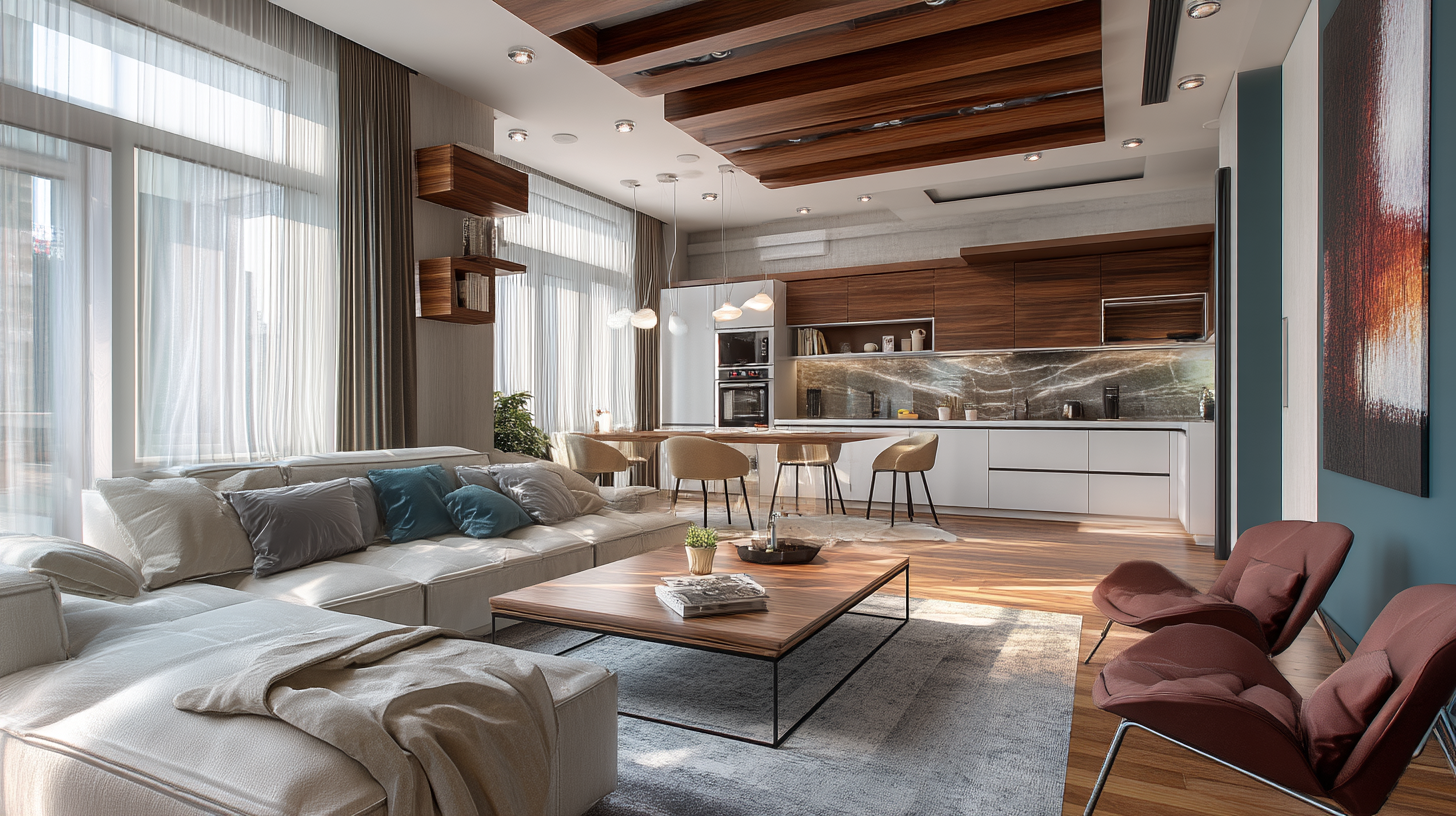
- Golden State Design & Engineering
- Comment 0
Home Renovation Ideas for 2025: Smart, Stylish & Value‑Driven Upgrades for California Homes
Why 2025 Is a Smart Time for a Home Remodel
In 2025, many homeowners are turning properties they already own into long‑term, comfortable sanctuaries rather than moving elsewhere. The rising cost of land and permitting in California means that home renovation ideas are more attractive than ever. A home remodel can improve daily life, boost resale value, and deliver energy efficiency gains that reduce utility bills.
The motivation for remodeling projects often includes improving comfort, making a home more beautiful, and avoiding the tens of thousands in extra cost associated with relocating. These drivers apply whether you live in Sacramento, Folsom, Santa Rosa, or elsewhere in Northern California.
What’s changing now is how people approach renovation. Instead of full‐scale gut jobs, many projects are phased, cost effective, and focused on value over flair. A few smart upgrades today can yield big returns tomorrow, especially when they emphasize sustainability, improved performance, and visual interest.
High‑Impact Home Renovation Ideas That Add Style, Function & Value
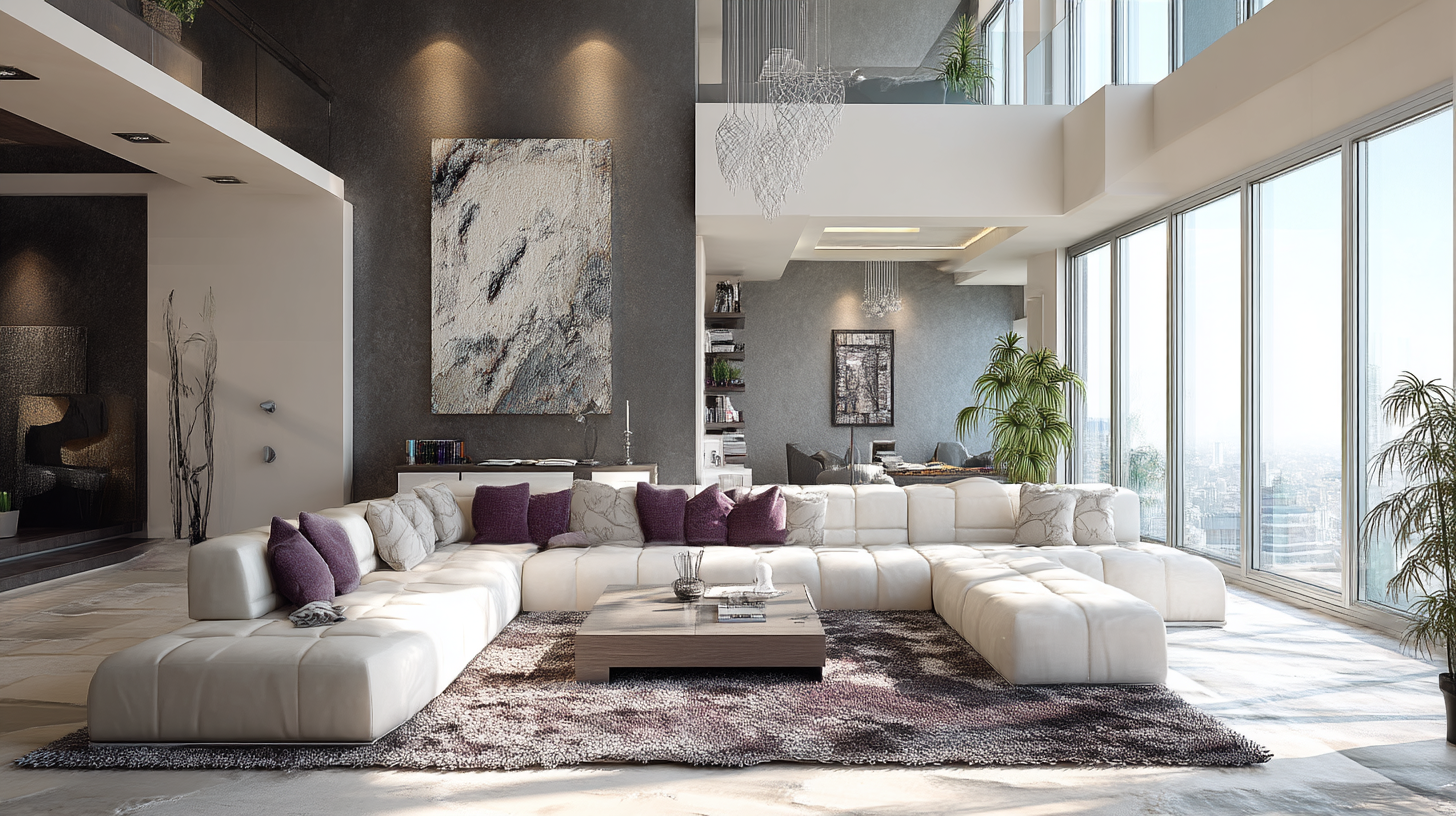
Kitchen Remodels That Transform Without Overhaul
Kitchens remain the heart of a house, and updating them is one of the most powerful of all home renovation ideas. But you do not always need to replace the whole kitchen to make a difference. Replace cabinet faces or paint existing cabinets, update your backsplash, upgrade appliances, and insert a modern kitchen island if space allows. New windows above the sink or on the back wall can brighten the space, and new light fixtures offer visual interest.
If your plumbing and layout already work, keep them in place to avoid unexpected expenses. A cost effective remodel might focus on improving finishes, lighting, and storage rather than tearing out walls. The result can feel like a new life for your kitchen without incurring tens of thousands in cost.
Give the Dining Room a Refresh
The dining room often sits in between living spaces and the kitchen, and it deserves its own attention. You can refinish or repaint walls, update trim, add a statement light fixture, or swap doors to sliding glass or modern pivot styles. A clean, classic feel combined with modern touches can transform the dining room into a gathering space you’re proud of.
If budget allows, consider new flooring, built‑in cabinets or a sideboard wall, and integrating lighting zones for dining versus ambient use. Even a modest refresh can increase value and improve the flow between kitchen and living areas.
Spa‑Style Bathrooms and Laundry Room Upgrades
Bathroom remodeling is a staple among home renovation ideas, and for good reason. Replace tiles, upgrade the tub or shower, update vanities and faucets, and install better lighting and ventilation. A floating vanity, modern sink, frameless glass shower door, or new fixtures bring a high end feel. Water efficient fittings and energy efficient ventilation systems underscore sustainability benefits.
A laundry room remodel is often overlooked but can add great utility. Think about installing better cabinetry, counter space, hanging racks, utility sink, and durable flooring. Bright lighting and smart storage can transform a narrow room into a much more pleasant and functional place.
Seamless Indoor‑Outdoor Living and Patio Upgrades
In California, blending indoor and outdoor living is a timeless renovation strategy. Consider extending your interior living spaces into the outdoors via sliding glass doors, covered patios, or a pergola. Use flooring transitions that match or complement interior materials so the flow feels natural. Add outdoor dining, seating, or cooking zones to tap into that extra “room.”
Landscaping upgrades, path lighting, and patio structures are among the home renovations that contribute to both enjoyment and resale appeal. Because outdoor upgrades tend to cost less per square foot than interior remodeling, they can stretch your investment further.
Enhance Ceilings, Lighting & Visual Interest
Often neglected, ceilings are a powerful canvas. Use coffered ceilings, decorative beams, or wood slats to add drama and scale. Paint ceilings in soft contrast to walls to bring depth and visual interest. Lighting plays a parallel role: combine ambient, task, and accent layers. Replace basic fixtures with statement pendants, flush mounts, or recessed lighting. In living spaces, highlight feature walls or art with directional lighting.
Maximize Unused Space, Closets & Flex Rooms
Every home has corners, spare bedrooms, attic nooks, or garages that are under‑utilized. Convert a garage into a flex room, gym, or extra bedroom. Turn a basement or storage area into a finished space. Remodel closets with built‑in organizers, lighting, and smart shelving. Where possible, open a back wall or remove non‑structural partitions to improve flow. These are relatively low cost changes that can dramatically improve daily life and value.
Sustainable & Technical Home Renovation Ideas
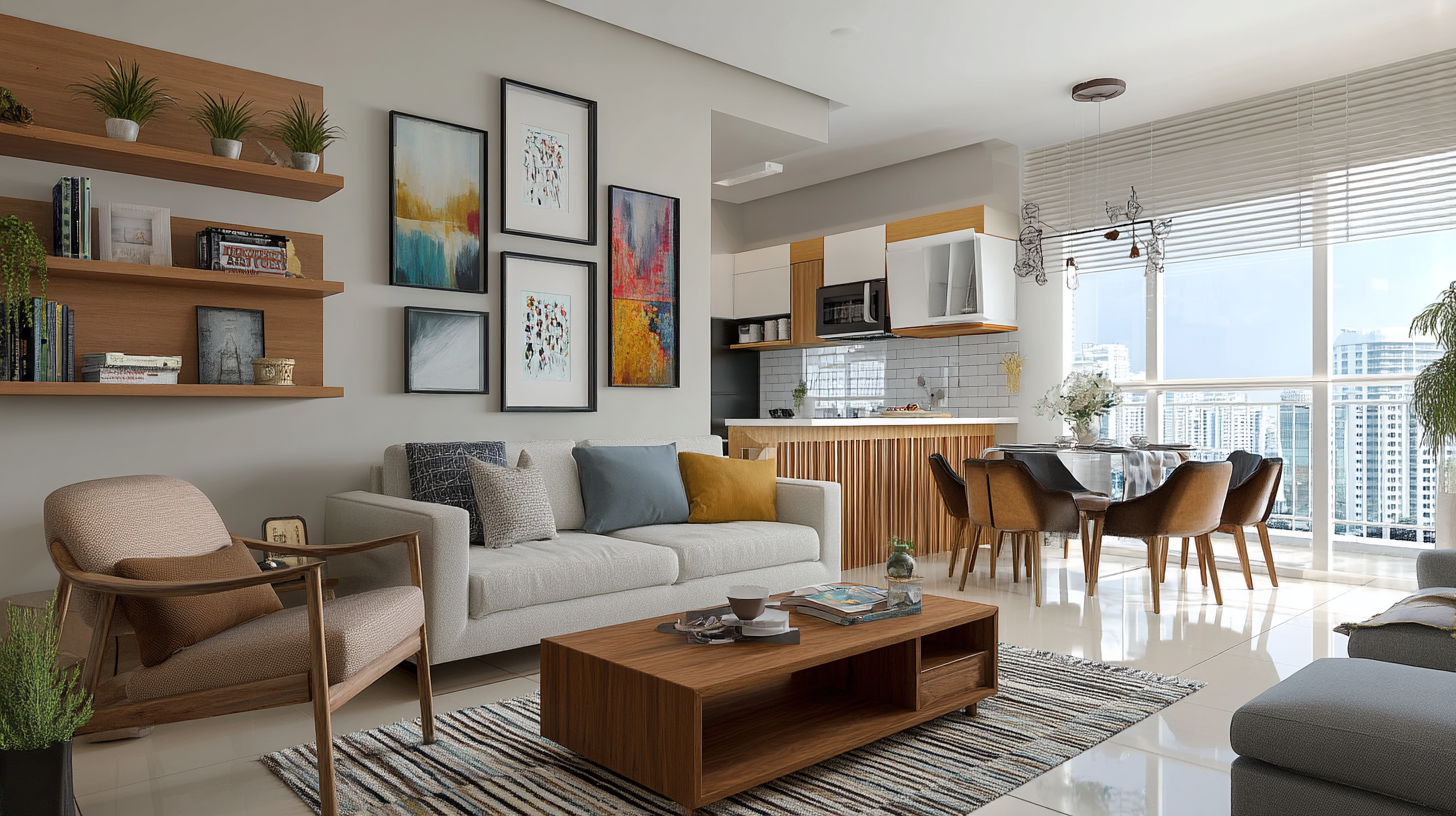
Boost Energy Efficiency Through Envelope Upgrades
Energy efficiency remains one of the strongest motivations behind home renovations. Replace windows or upgrade to double‑pane, low‑E glazing. Improve insulation in walls, floors, and attic spaces. Seal gaps in doors, walls, and ductwork. Consider new efficient heating systems, smart thermostats, and energy monitoring. These upgrades may qualify for incentives or rebates. Over the long run, they pay back through lower utility costs and enhanced comfort.
Use Durable, Sustainable Materials
When selecting materials, choose those that are low maintenance, sustainable, and long lasting. Examples include reclaimed wood floors, recycled tile, low‑VOC paints, bamboo flooring, and composite trim materials. These choices contribute to indoor air quality and reduce upkeep. Especially in humid or high‑sun areas, materials that resist warping or fading matter more over time.
Smart Home Technology & Systems Integration
Use automation to optimize lighting, climate, security, and appliance scheduling. Install smart switches, sensors, and system dashboards. Pre‑wire for future upgrades such as EV charging or solar tie‑ins. Because the infrastructure is easier to integrate during a home remodel, taking advantage of that opportunity is wise. Engineering foresight ensures your electrical panel, network, and mechanical systems can support future load without tearing out finishes.
Maximizing Resale Value & Return on Investment
Small Changes That Pack a Punch
Some of the most cost effective of all home renovation ideas are in curb appeal. Replace or refinish the entry door, repaint exterior walls, update landscaping, and repair pathways. A new garage door or modern front door has outsized impact on first impressions. These exterior improvements often cost only a fraction of interior work but deliver strong resale value.
Remodels That Drive Value
Kitchens and bathrooms continue to top the list of remodeling projects with the highest return. Strategic kitchen updates, energy efficient systems, and well‑designed bathroom remodels all contribute strongly to resale. Additions such as ADUs or guest suites further elevate value in California’s tight housing markets.
In all cases, focusing on durability, ease of maintenance, and high quality finishes protects your investment. Avoid trendy materials that age poorly, and instead select options that stay relevant and stable.
Planning & Execution: Avoiding Pitfalls in Home Renovation
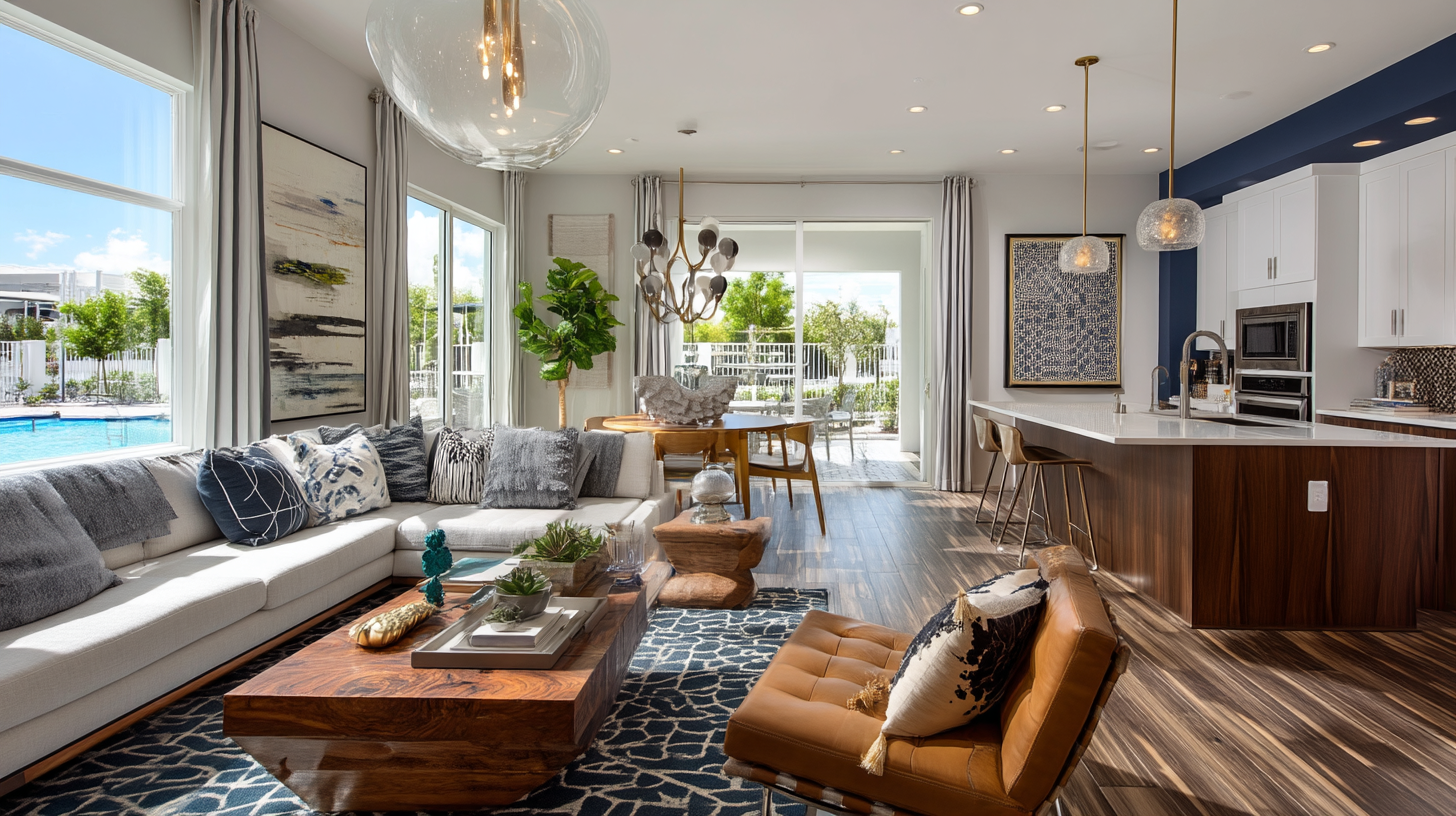
Begin with Prep Work & Assessment
Before swinging hammers, start with a comprehensive assessment. Examine foundation, framing, mechanical systems, plumbing, and electrical. That upfront prep work helps reveal surprises, rot, outdated wiring, structural issues, that might otherwise derail your project or generate unexpected expenses.
Phased Strategy & Budget Segmentation
Many remodeling projects are best executed in phases. Break the project into structural, mechanical, and finish phases. This helps you spread cost over time, manage cash flows, and respond to change orders without shutting down the whole job.
Permits, Codes & Contractor Choices
Secure the right permits and work with experienced professionals. In California cities, building codes are strict around energy, seismic design, and structural safety. Hire a contractor whose portfolio includes high end remodels, and who is comfortable collaborating with engineers and architects. A cohesive team reduces rework, change orders, and delays.
Identifying & Controlling Unexpected Expenses
Any remodel is subject to surprises. Plan a contingency budget, often 10–20 percent above your base estimate, to absorb the cost of hidden issues. Keep open communication with your contractor and design team so changes are documented, priced, and approved.
Communication of Goals & Trade‑offs
Clarify your priorities from the start. If your goal is to maximize resale value, your remodel might lean more toward classic finishes, durability, and neutral palettes. If your aim is personal enjoyment, you may favor bolder lighting, custom elements, or high end materials. Always balance style, cost, and functionality.
Sample Room‑By‑Room Focus & Ideas
Kitchen & Dining Room
The kitchen is often the focal point for home remodels. Use a kitchen island where space allows to anchor your work area, provide storage, and create social interaction zones. In adjacent dining rooms, open up partitions, coordinate flooring, and harmonize lighting so that the kitchen, dining room, and living spaces feel connected yet distinct.
Bathroom & Laundry Room
In bathrooms, update vanities or sinks, install modern fixtures, re‑tile walls or floors, swap tubs or showers, and improve ventilation. Use durable materials and design for ease of cleaning and maintenance. In the laundry room, incorporate countertop work areas, cabinetry, utility sinks, and lighting that helps while folding or sorting.
Living Spaces & Bedrooms
Living rooms and bedrooms benefit from lighting design, ceiling treatments, feature walls, and upgraded windows. Replace or add windows to flood the room with natural light. Use layered lighting including recessed, wall, and accent fixtures. Consider built‑in shelving or cabinetry for both storage and aesthetics.
Entry, Hallways & Storage
The entry door replacement is one of the most visible, cost effective upgrades. Use durable trim, choose a modern or classic style hardware, and match it to your home’s character. In hallways or closet spaces, maximize storage with smart cabinets, lighting, and finishes. These areas may not get constant attention but they strongly influence usability and flow.
Budgeting & Cost Expectations in 2025
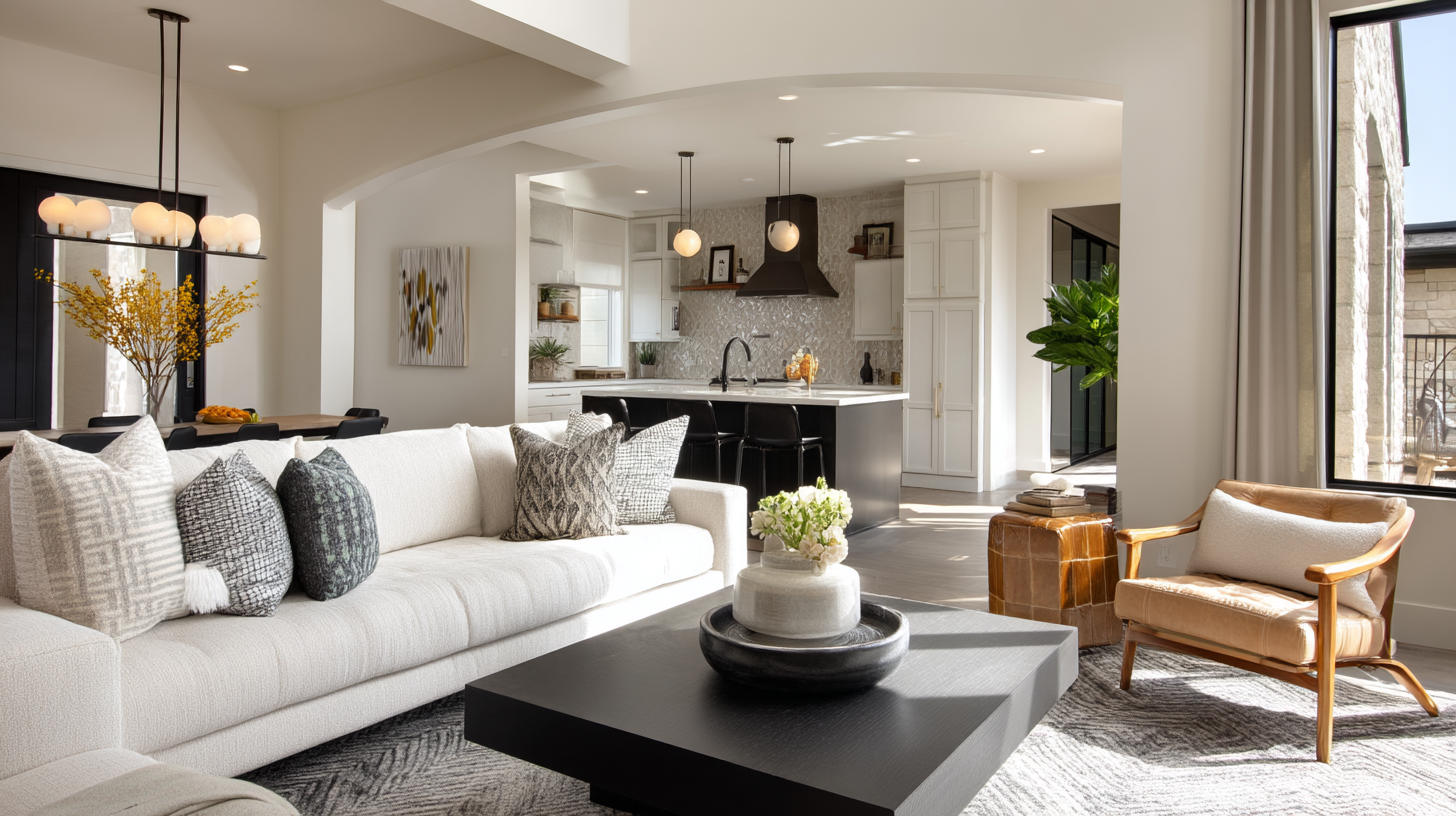
Projected costs for remodeling projects vary dramatically, depending on the region, scope, materials, and contractor. Minor remodels (kitchen or bathroom) might cost tens of thousands, while whole‑house renovations easily reach hundreds of thousands.
A breakdown of cost drivers includes: materials, labor, permits, site conditions, and structural modifications. When you replace walls, remove or add windows, relocate plumbing or electrical, or open back walls, costs climb rapidly. Choosing durable, low maintenance materials and limiting structural changes helps keep your cost in check.
In the long run, projects guided by technical expertise, prudent planning, and phased execution tend to stay closer to budget. The rule of thumb is to carry a contingency fund, expect extra costs, and prioritize investments that deliver both daily enjoyment and resale value.
Putting It All Together: How GSDE Helps You Realize Your Vision
When you engage GSDE, you gain a design and engineering partner who understands how to translate home renovation ideas into buildable, code‑compliant plans. We handle architectural design, structural engineering, civil assessments, and permitting. That unified approach helps avoid duplication, miscommunication, and costly rework.
We help you vet contractors, review quotes, plan budgets, and manage the project from concept through completion. Because our team understands both aesthetics and technical constraints, your remodeled space not only looks great, it performs well over time. You minimize unexpected expenses, maximize return on investment, and ensure your home evolves beautifully.
Frequently Asked Questions
How much does a home renovation cost in California in 2025?
Costs vary by scope, city, materials, and structure. A minor kitchen remodel might run tens of thousands, while a full home remodel could exceed hundreds of thousands. Always request detailed quotes and allow for extra.
What permits do I need for a remodel?
Any structural change, new window, roof extension, or mechanical upgrade typically requires permits. Projects often require architectural, structural, and energy compliance documentation. We manage permitting as part of our service.
What renovation adds the most value?
Kitchen remodels, bathroom upgrades, and smart energy efficiency improvements tend to provide the greatest resale value. Entry door replacement and curb appeal enhancements also deliver strong ROI.
Should I renovate or build new?
If your existing home has structural integrity and you love the location, renovating is often more cost effective. But in cases of inefficient layout, extensive damage, or land potential, new construction may make more sense. We evaluate both paths objectively.
Conclusion & Call to Action
Home renovation ideas in 2025 emphasize smart upgrades, longevity, sustainability, and beauty. From elegant kitchens with a new kitchen island, to laundry room enhancements, to seamless indoor‑outdoor transitions and lighting innovations, your home remodel has the potential to transform your daily life and deliver strong resale value.
If you’re ready to bring new life to your home, without overpaying or enduring surprises, GSDE is here to help. Our holistic design, engineering, and permitting expertise ensures your remodeling project is efficient, code compliant, and crafted for lasting performance. Contact us today to get started on your next remodeling project.
#NAICS’s:
- 541310 Architectural Services &
- 541330 Engineering Services
DUNS NO:
- 119132267
#SIC’s
- 8712 Architectural Services &
- 8711 Engineering Services
Cage #
- 9R4L5
#UNSPSC’s:
- 81101500, 81101502, 81101505, 81101508, 81101526, 81101533, 81101522

